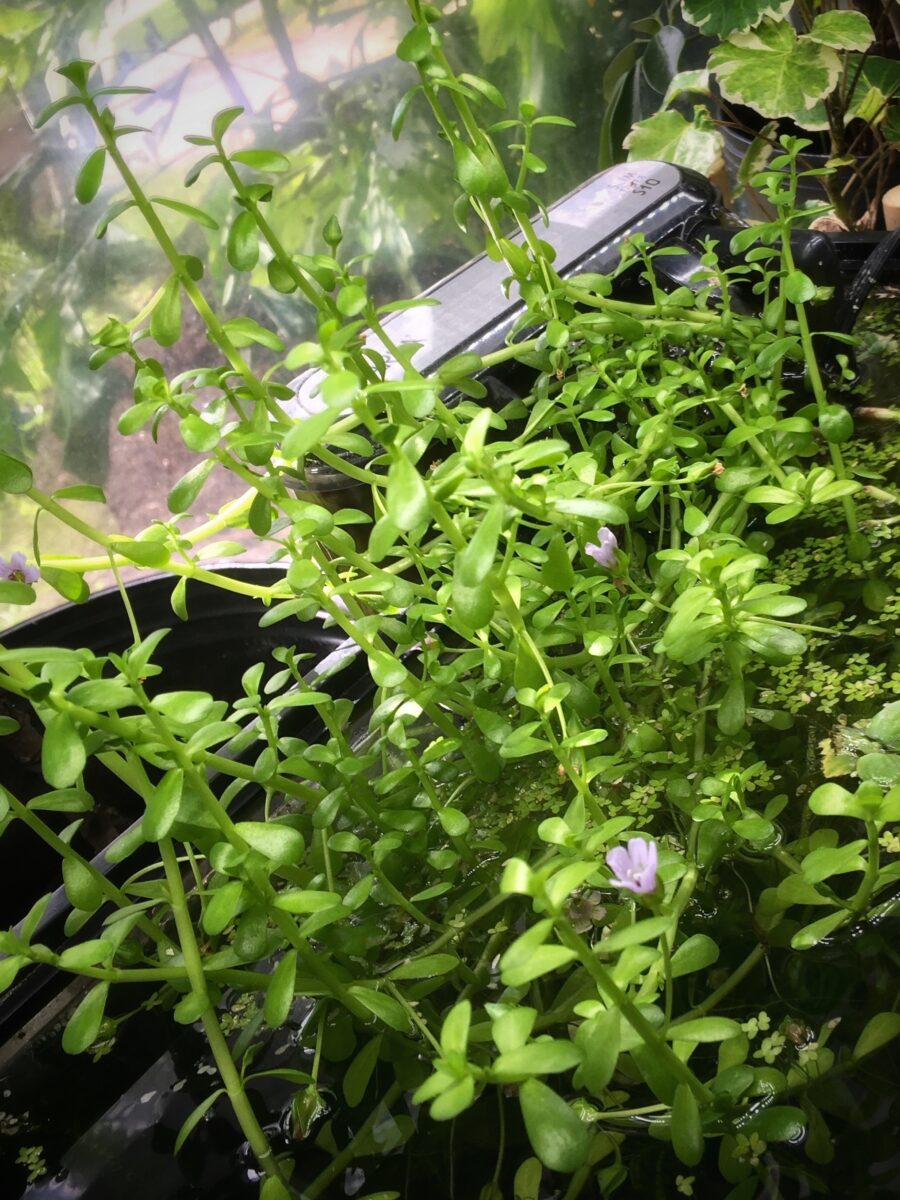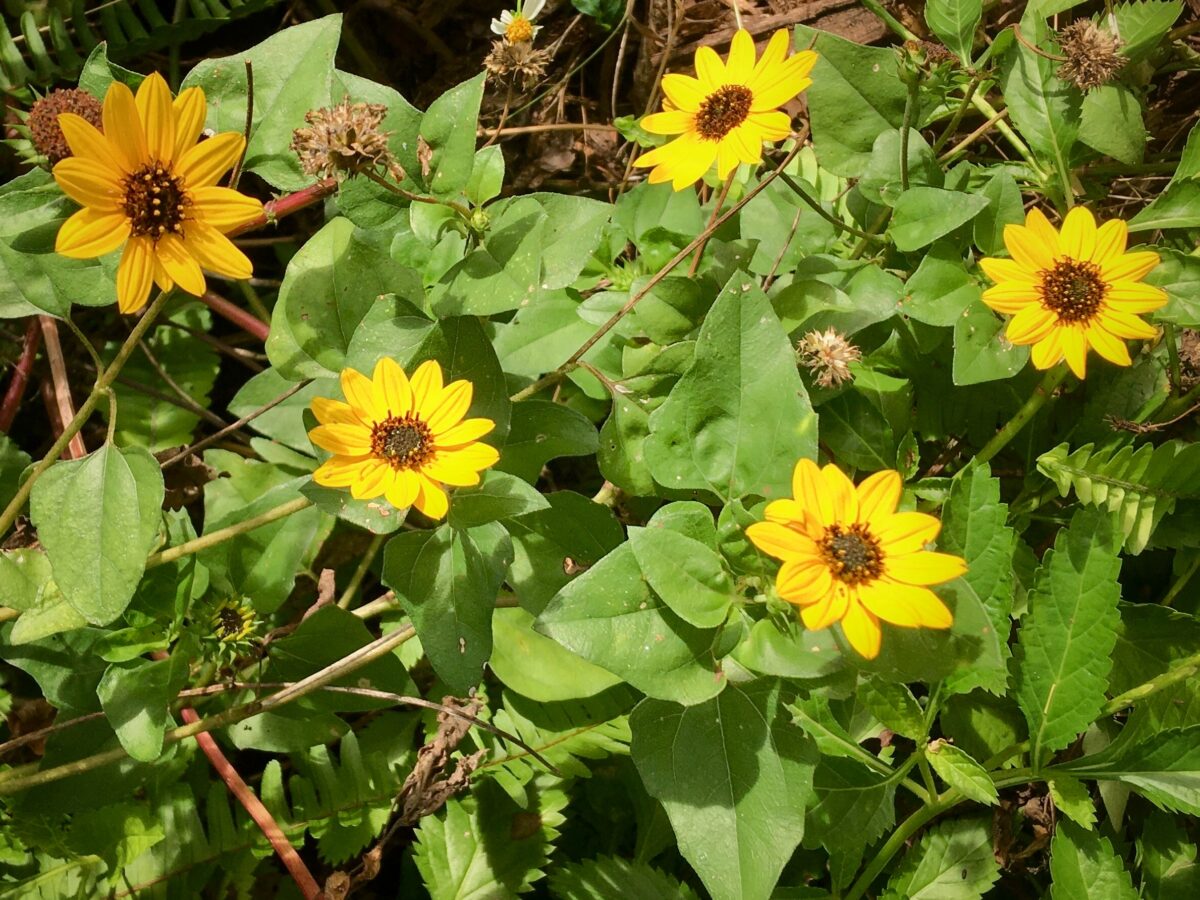Meet board member Sara Burke
Sara Burke brings to the Florida Wildflower Foundation board of directors an extensive background in communications. She is passionate about protecting Florida’s environment by creating a revolution in our own backyards! Sara began a 2-year term as board chair in September 2023.
What brought you to Florida and inspired you to make it your home?
Business is what brought me to Florida initially, 15 years ago, but I quickly fell in love with the unique ecology and became a regular visitor. It was on one of those visits that I fell in love again — with the man who is now my husband. He was born and raised right here in Florida, and after living in Australia together for a while, we decided to make Florida our permanent home.
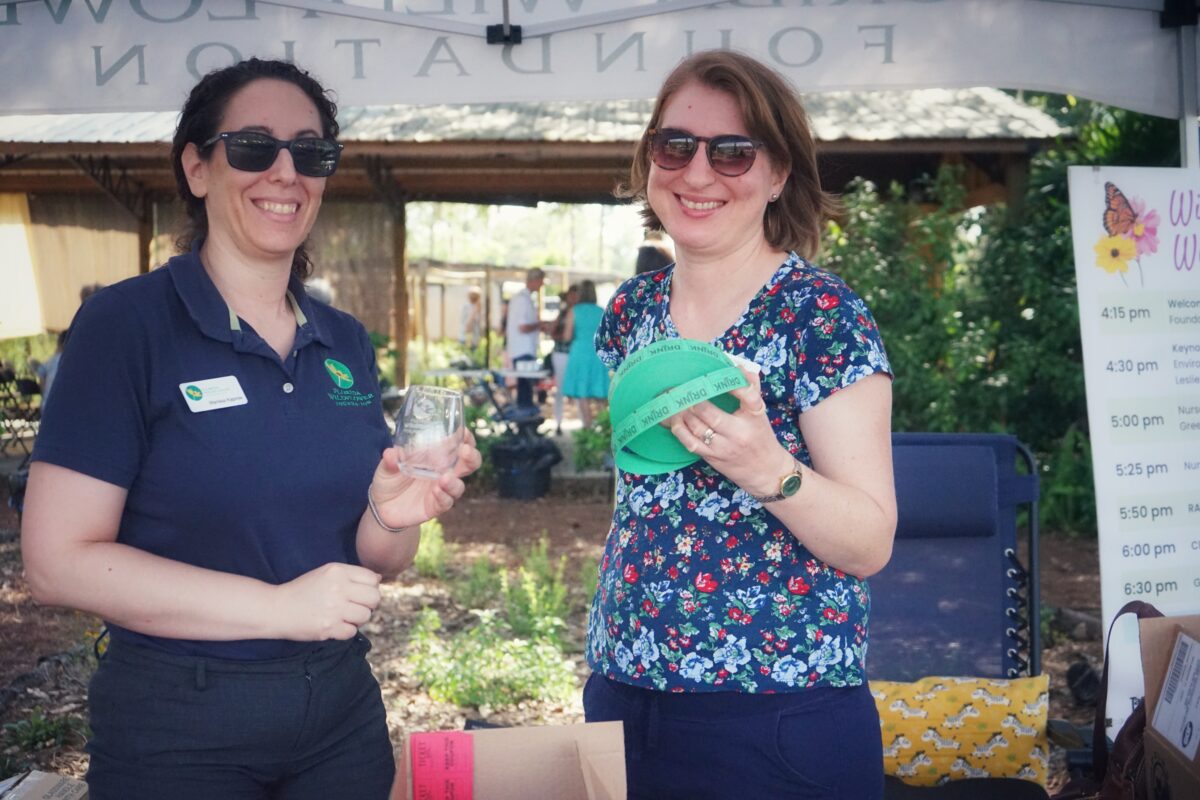
How did you get involved with the Florida Wildflower Foundation?
Three things led me to get involved: a lifelong interest in permaculture and cottage gardening; a life-changing red tide exposure; and a successful election campaign.
I first became interested in native plants not long after buying my home here in Florida. I was setting up my own cottage garden and learning about the plants that attract pollinators year-round so they would be present whenever my food crops needed them. FWF resources like the handouts and webinars were very useful, and I started to learn about FWF’s work.
Then, after a red tide exposure in 2018, I became interested in Florida ecology and committed to promoting better environmental stewardship. An autoimmune neurological reaction to the harmful algal blooms that year made me personally aware of how environmental issues can affect us all: aerosolized neurotoxins are no joke. As I recovered from the resulting brain injury, I learned everything I could about what had happened and why, and in the process, discovered how our backyard habits wash into Florida’s waterways and cause issues. But it was ultimately my husband’s successful campaign for Lee County Mosquito Control District Commissioner that led me to volunteer with FWF. He heard comments on the campaign trail from constituents who blamed Mosquito Control for an “insect apocalypse.” I was assisting with his communications strategy, so I put on my researcher hat and went to work. I quickly confirmed that insect populations were indeed declining precipitously, but also found out that Mosquito Control is unlikely to be the main party responsible. They carefully target a single mosquito species that is the most dangerous to human health, and minimize chemical use to reduce both costs and toxicity to non-target species. I discovered that while the broader use of pesticides does play a role, loss of habitat is likely an even bigger factor because when there’s no food or shelter for beneficial insects like bees and butterflies, they won’t be around anymore
Later that year, when the FWF newsletter included a call for volunteers for the board, I put my hand up.
How does your extensive background in communications help advance the Foundation’s mission to protect, connect and expand native wildflower habitats?
Changing public perceptions is critical to maintaining Florida’s incredible, unique biodiversity. We need a “Backyard Revolution” — a revolutionary change in landscape maintenance practices that creates space for humans and nature to thrive together. Florida’s landscape is changing fast, with development and invasive plant species each taking a bite out of our natural areas every year. By changing our backyard habits, we can have the best of both worlds by providing homes for both people and biodiversity. In my time as chair of FWF, I’m excited to help spearhead a communications effort to show people both why a change in habits is necessary, and how to get started. Being part of a “natural yards” movement that becomes as big as the natural foods movement is one of my goals. That means meeting people where they are, using a mixture of communications methods from online resources and social media posts to in-person events and display gardens, as well as engaging a professional audience. I have a background in both lifestyle media as well as scientific, technical and professional publishing, and they all come in handy in communicating scientifically accurate information on complex topics in a way that anyone can understand, and also inspiring them to take action in their own lives and homes
What are some of your favorite areas to hike and see native wildflowers?
Since moving to Florida, I’ve become fascinated by flowering aquatic plants. I love to get out to the Babcock Webb Wildlife Management Area whenever I can, which has amazing communities of flowering aquatics including bladderworts and sundews. There are also some beautiful bladderwort communities along the highway near Babcock Webb, and I love seeing roadside wildflowers. My favorite Florida hiking spot overall is Devil’s Millhopper in Gainesville, which I’ve visited many times over the last 15 years.
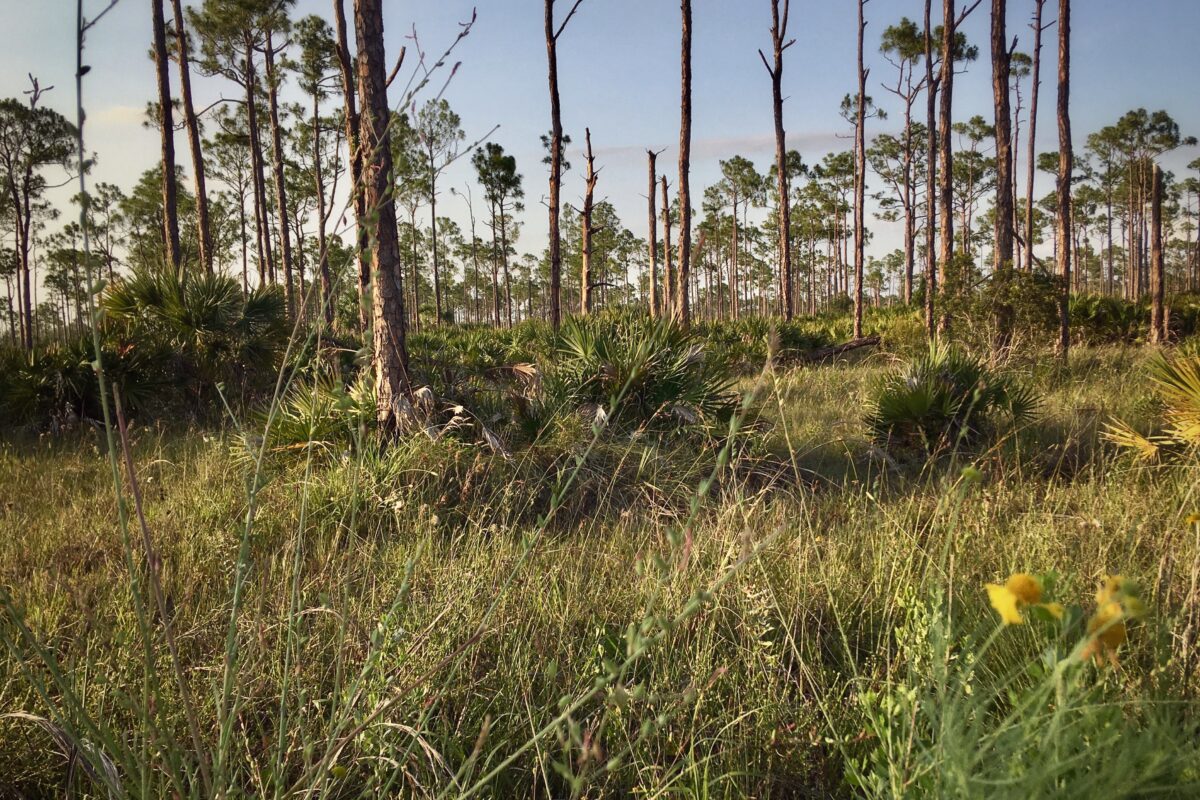
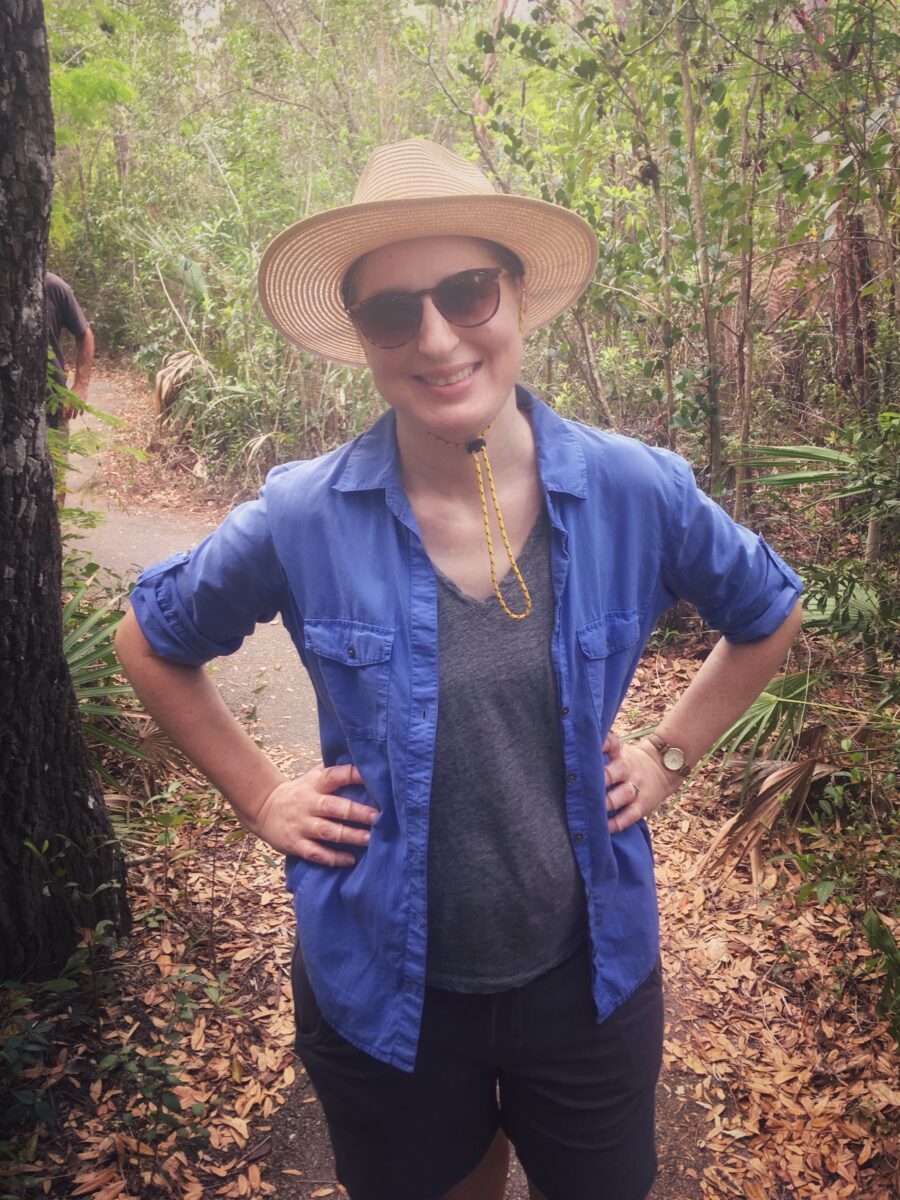
But my favorite place to see native wildflowers isn’t a hiking spot at all; it’s my own home! I love to identify all the volunteers that come up in my garden and give interesting natives room to thrive. I currently have plenty of Juba’s bush (Iresine diffusa), Jack-in-the-bush (Chromolaena odorata) and Sixangle foldwing (Dicliptera sexangularis) in my yard, all of which established themselves. I’ve planted many long-lived and reliable natives like Spotted beebalm (Monarda punctata), Sunshine mimosa (Mimosa strigillosa), Tropical sage (Salvia coccinea) and Dune sunflower (Helianthus debilis), but it’s nature’s surprises that really keep the garden interesting. I even have native wildflowers indoors: an aquarium full of Herb-of-Grace (Bacopa monieri) flowers regularly, and I often have Spotted beebalm and other natives in vases. I really like to see native wildflowers everywhere, indoors and out.
